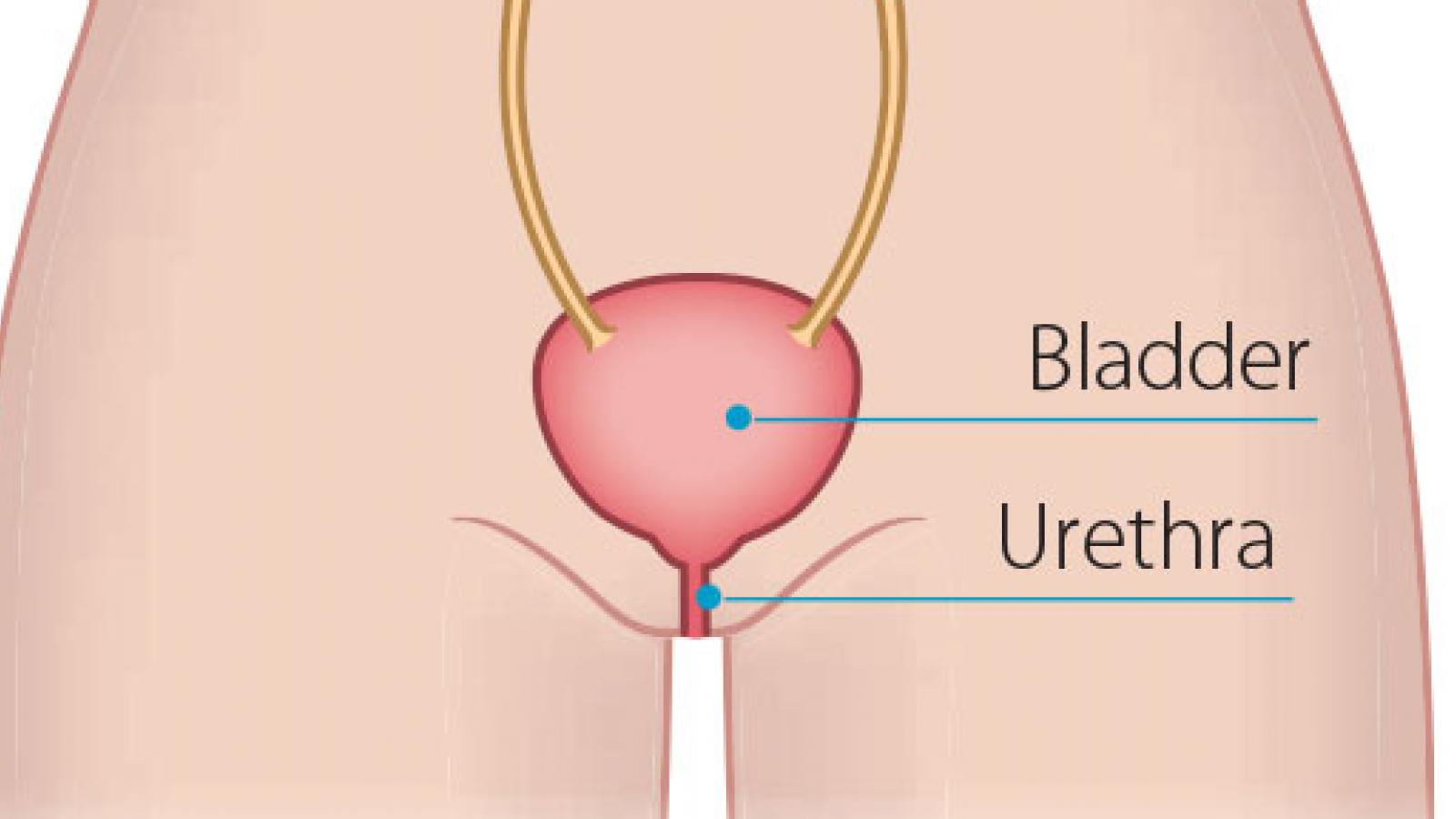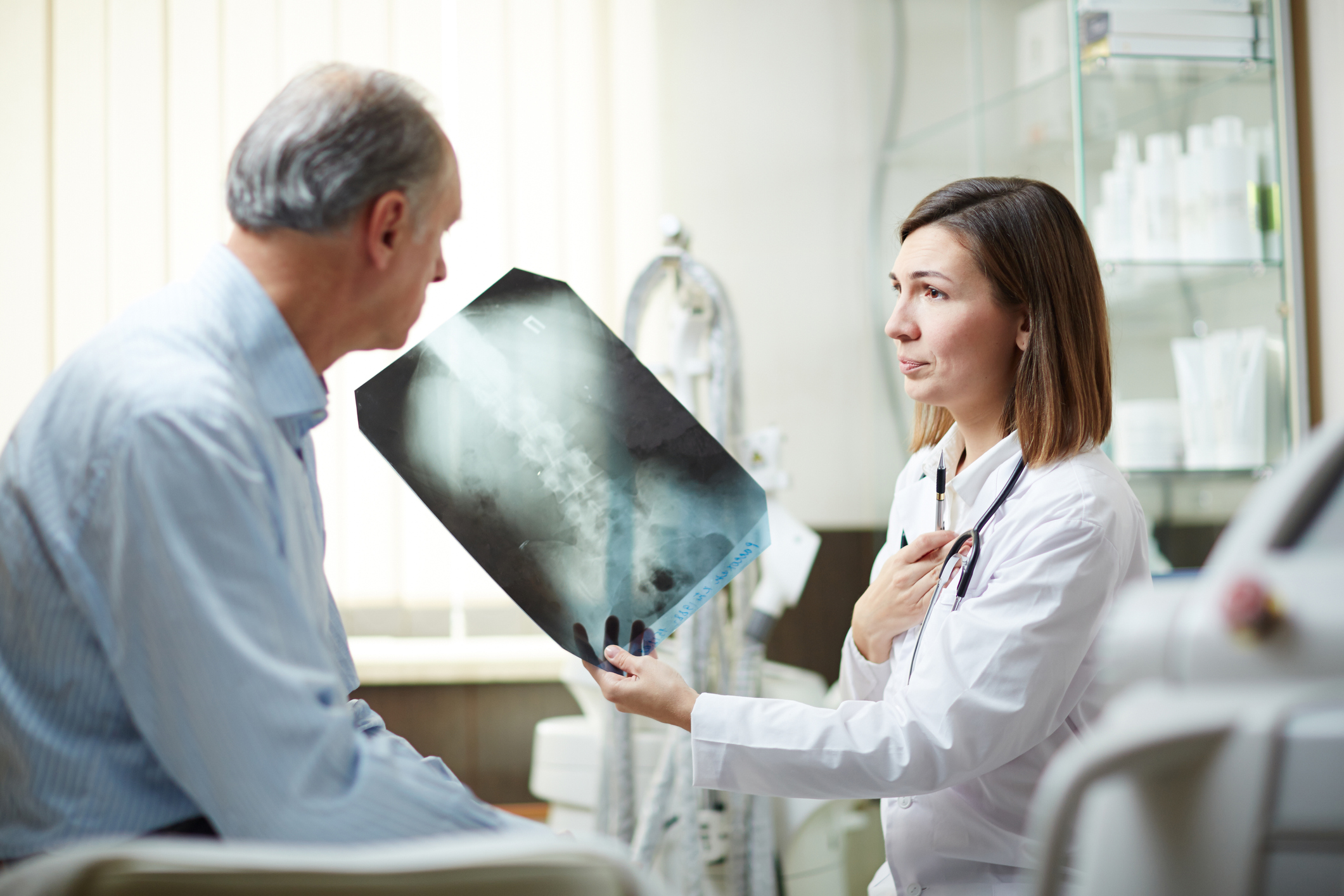Cystoscopy

A cystoscopy is a procedure to look inside your bladder using a thin tube and camera called a cystoscope to diagnose bladder problems including bladder cancer.
Before the test
You will normally get instructions from the hospital before your appointment. These will include advice on eating, drinking and what to do about medicines you may be taking.
You may be asked to drink lots of water before the test as it is easier to see the lining of the bladder when it is full.
You may be given a local anaesthetic gel to numb your urethra (this is the tube that takes urine from your bladder out of your body). Some people will be given a sedative injection before the test; others will have a general anaesthetic.
During the test
Your surgeon will put the camera up through your urethera to look into your bladder. Instruments can also be passed through the cystoscope so that the surgeon can take a sample of tissue (biopsy).
After the test
If you have a sedative or a general anaesthetic, you can go home once the sedation wears off or you have fully recovered following the general anaesthetic. However, you must have someone take you home as you are not allowed to drive for 24 hours.
How long does it take?
10-20 minutes
Are there any risks /side-effects?
You may get some pain or a burning sensation when you pass urine for a day or two after the test. Drinking plenty of fluids will help to flush out your bladder. Tell your doctor if the symptoms carry on, get worse or if you have symptoms of infection, such as a high temperature.
Cystoscopy video
Cancer Research UK has a very helpful video on this.
For more information
Phone
1800 200 700



